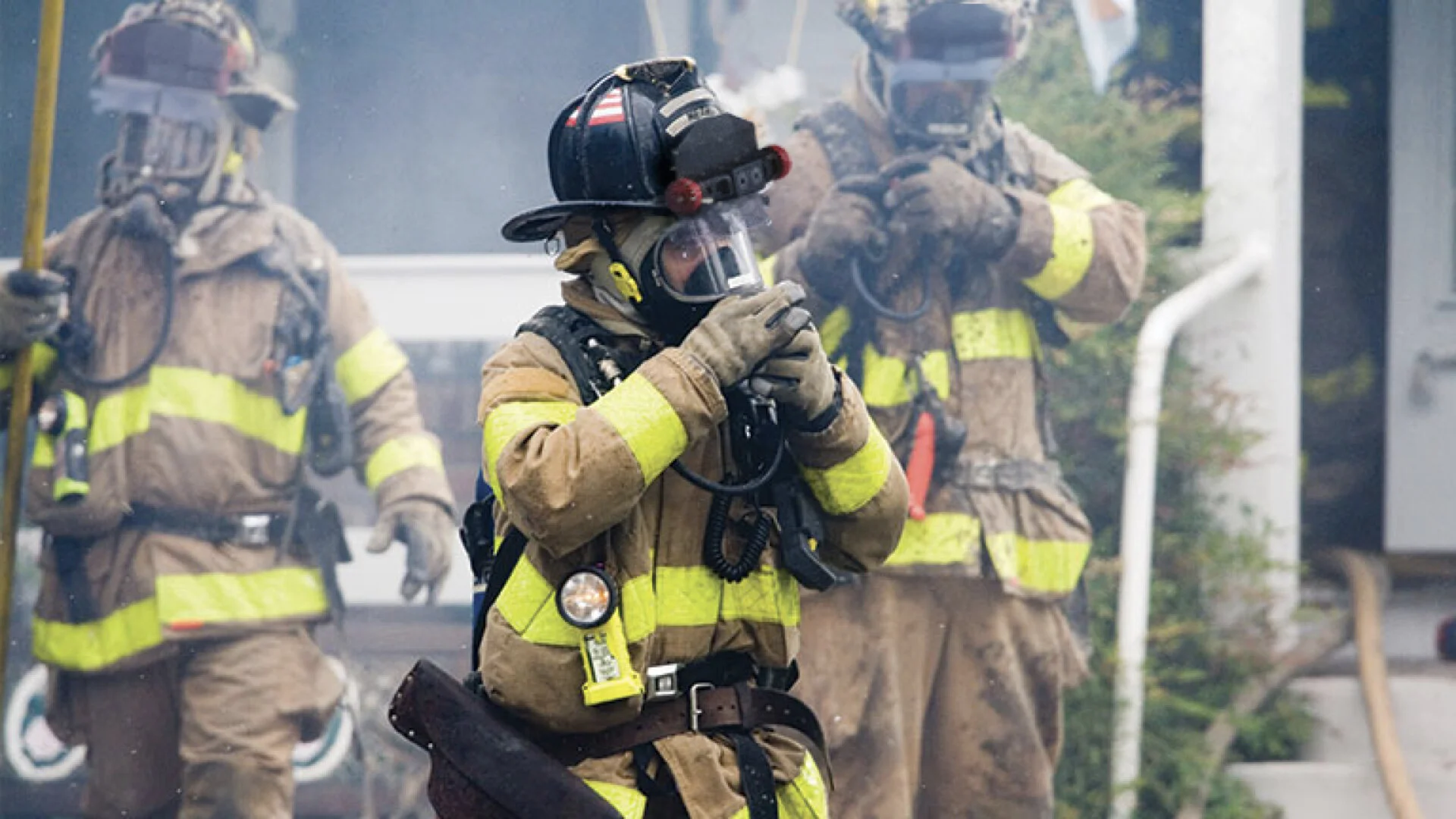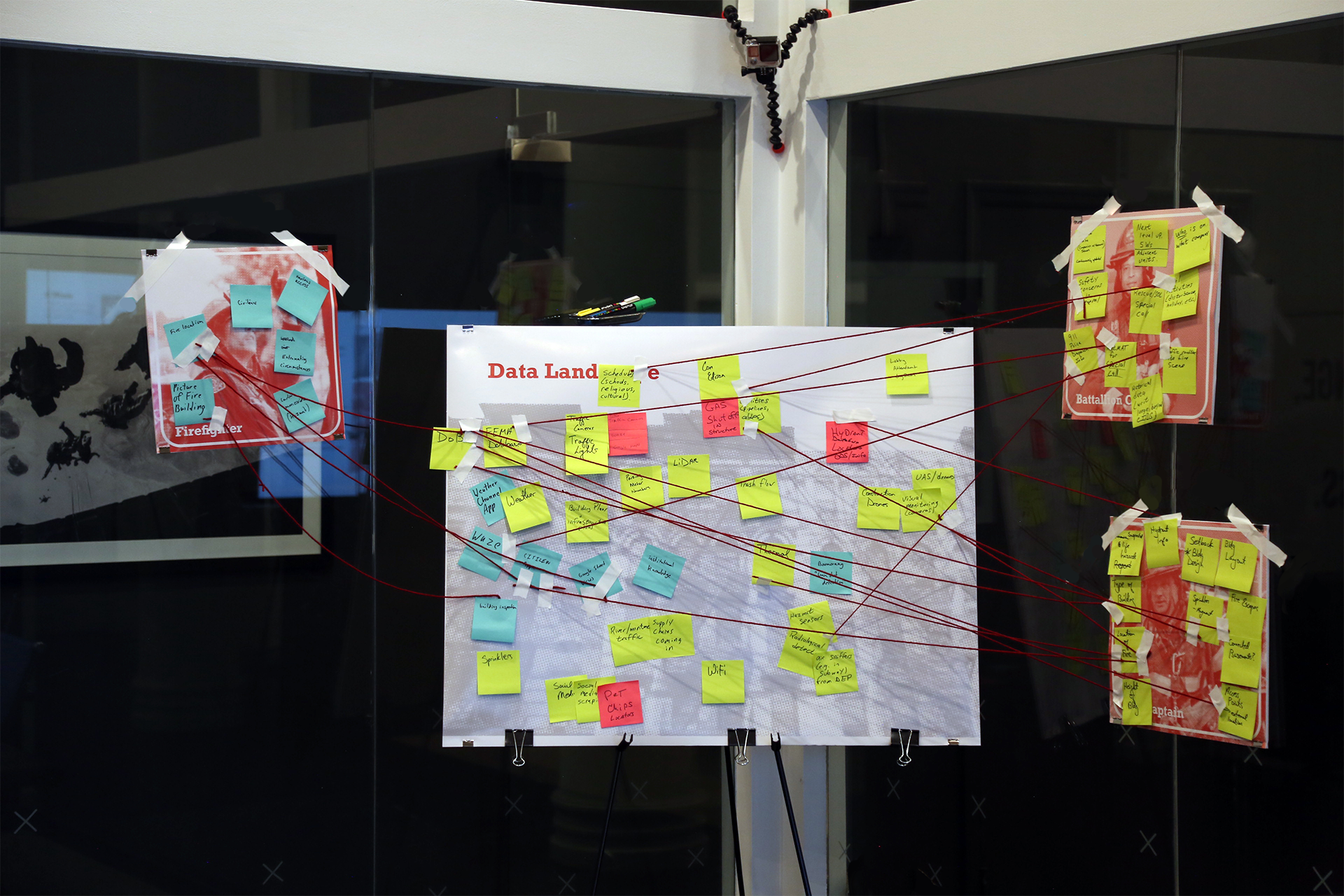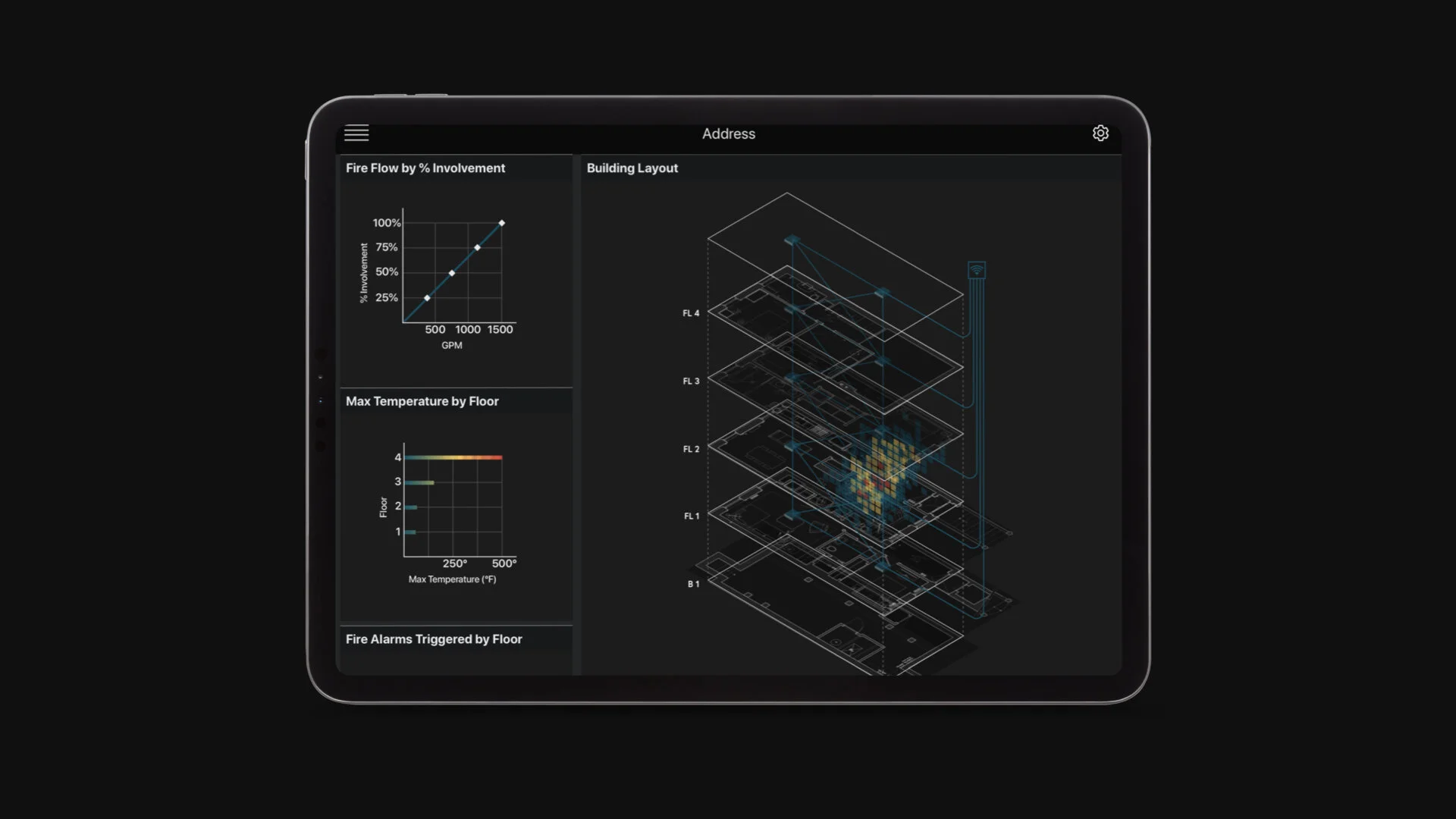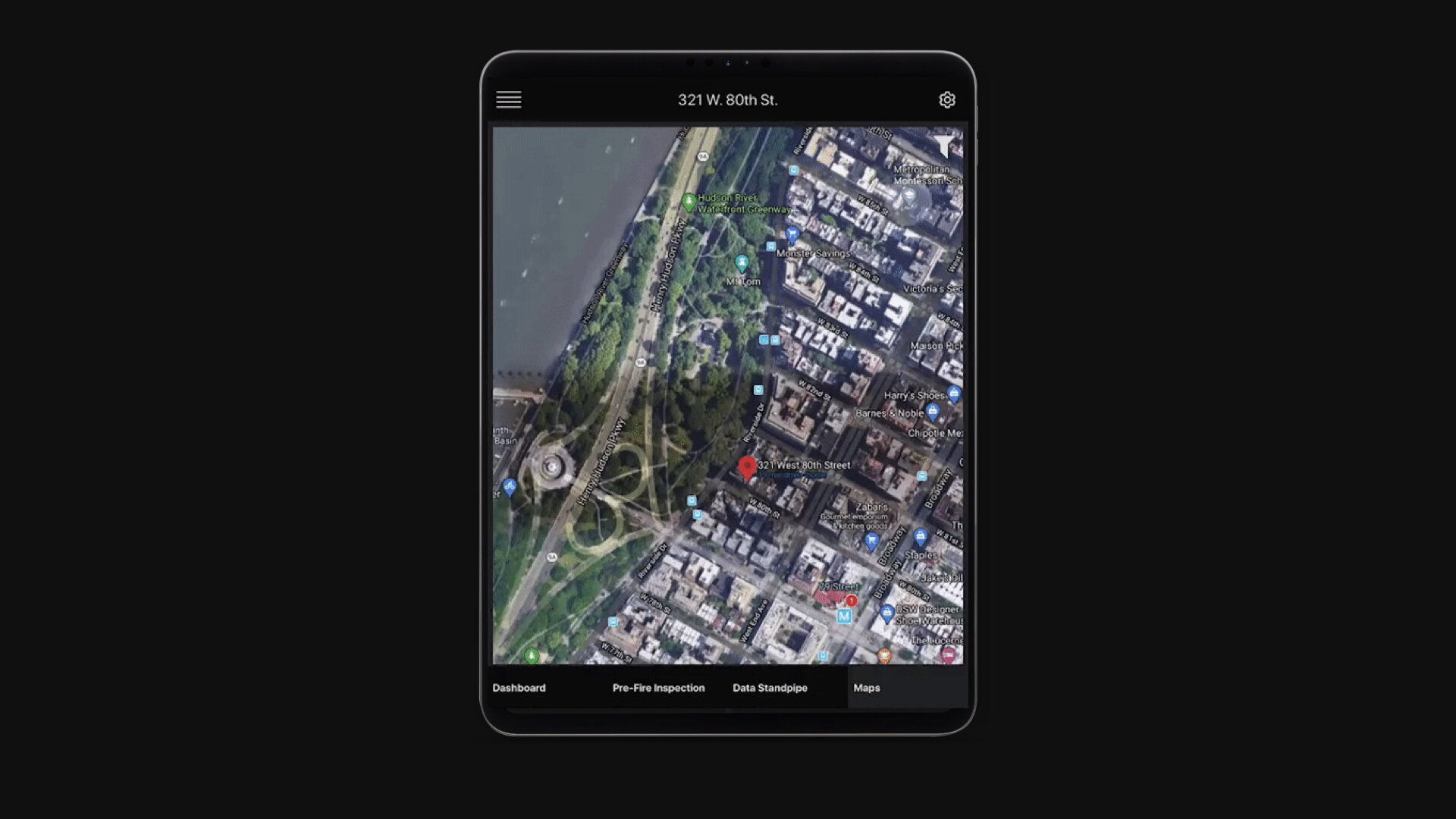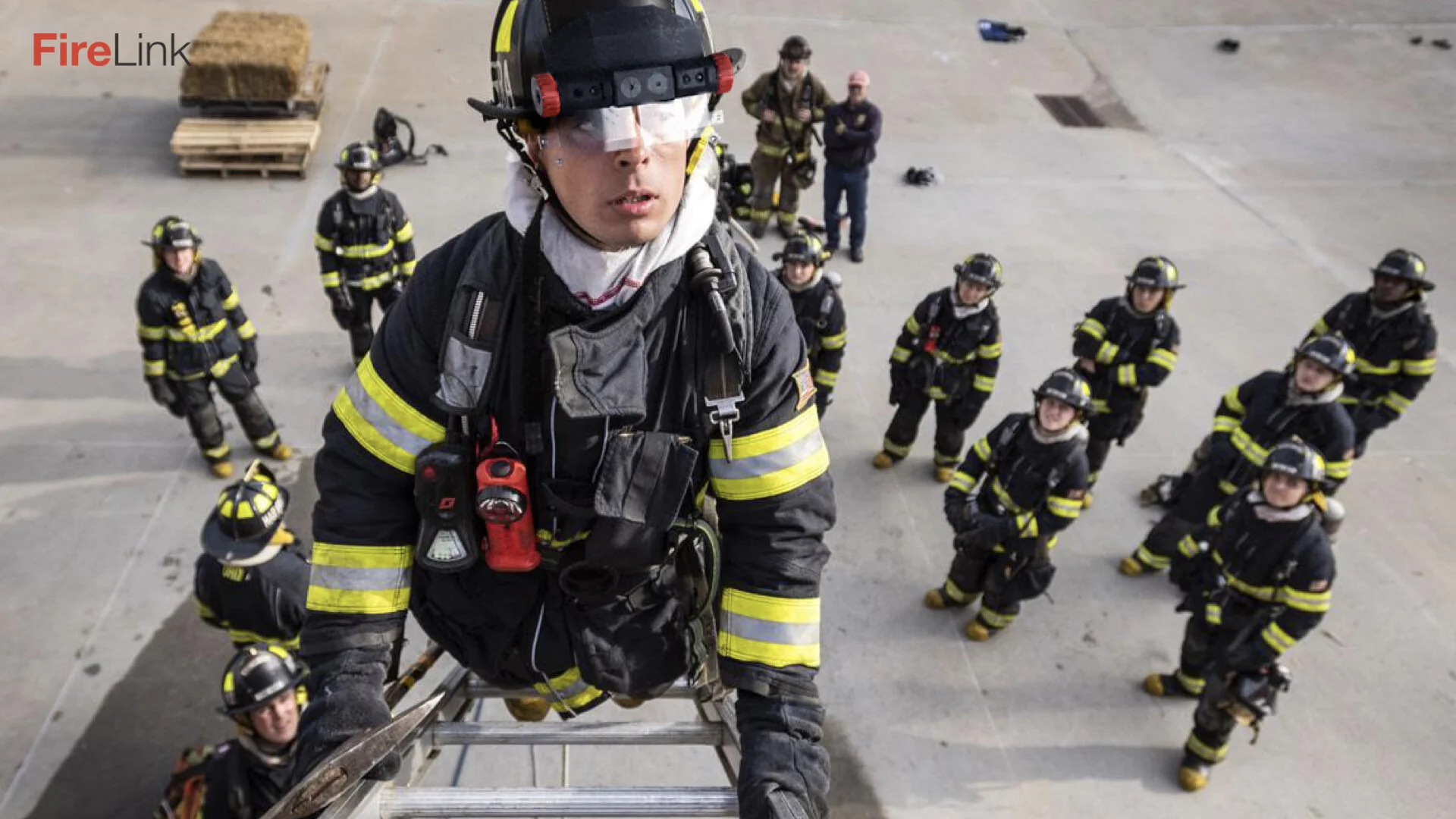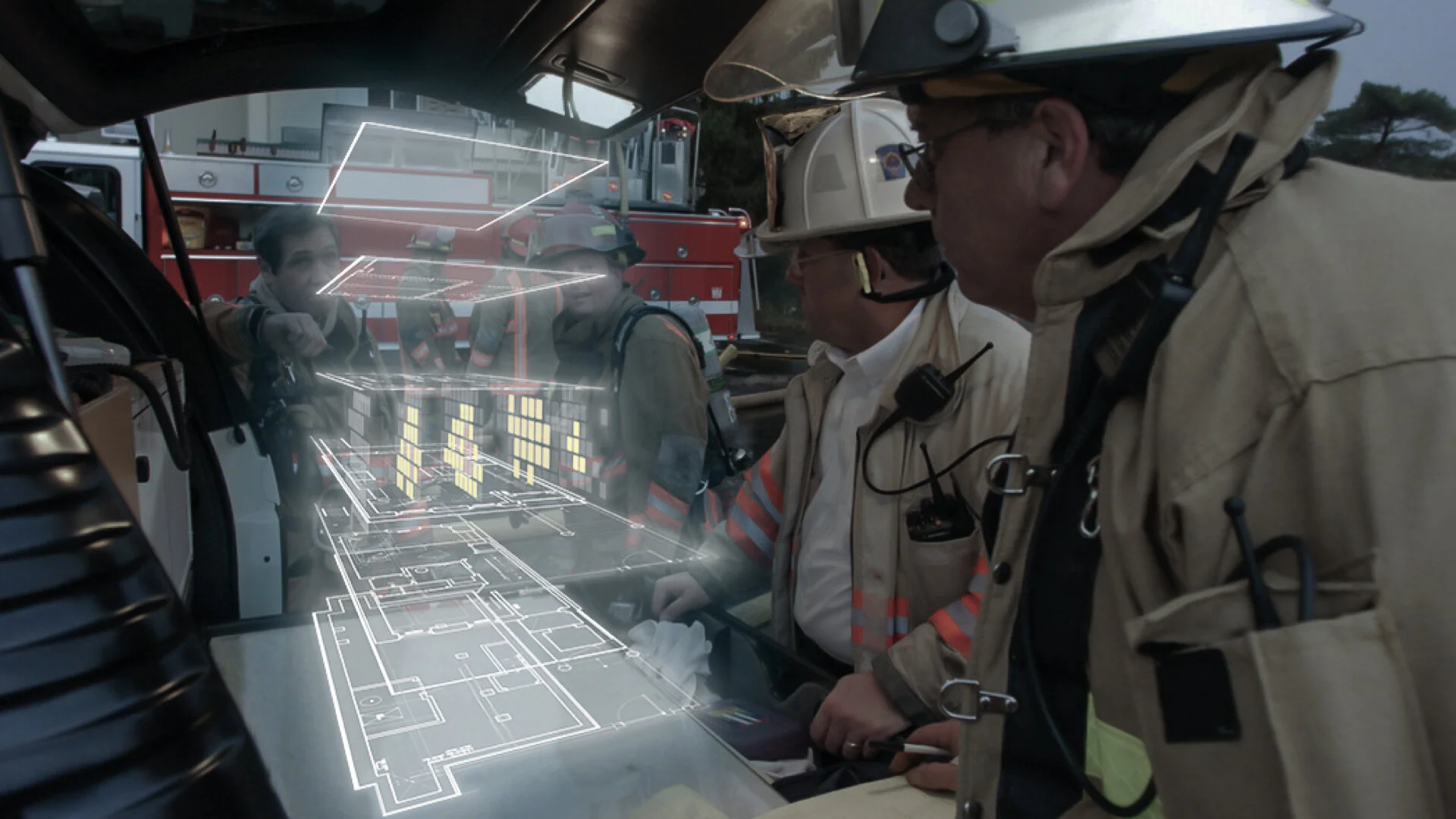FireLink: Fighting Fire with Data
A fire alarm is triggered. Immediately dispatch notifies a nearby fire department. The dispatcher provides as much information to the firefighters as possible. Still, this information is generally cursory administrative and organizational information, which leaves much to be discovered upon arrival at the fire scene. FDNY firefighters arrive on the scene within an average of 4:30 minutes. Upon arrival, firefighters conduct the size-up phase of the operation, where they perform a reconnaissance of the building’s exterior. During the size up, they learn about the fire all at once; much won’t be discovered until they enter the building. Meanwhile, the fire is growing every minute that it is left untended. The longer they take to decide, the more the fire spreads and threatens civilians and property. A system that gives firefighters insight into the internal conditions of the building in real-time would allow firefighters to better understand what they were responding to earlier, and therefore make more effective and efficient decisions that would protect civilians, firefighters, and property.
The purpose of the FireLink system is to provide firefighters with real-time insight into the conditions of the building they are responding to.
Theodore Scoufis developed FireLink, an information management ecosystem for firefighters that focuses on the 4 minutes and 30 seconds between receiving the call from dispatch and arrival on the scene. The purpose of the system is to provide firefighters with real-time insight into the conditions of the building they are responding to. Theodore explains that information gathered by FireLink allows firefighters to make more effective decisions more efficiently, which will reduce the threat to civilians, firefighters, and property. FireLink is a bifurcated system of data collection and information dissemination. Data is collected via the data standpipe and disseminated in two main modes: the Command Center tablet application and the helmet-mounted augmented reality heads up display (AR HUD).
Co-Creation Workshop
While researching firefighting, Theodore held a co-creation workshop with FDNY firefighters and defense innovators to find places where they could be better supported. Together, the group learned about the firefighting process. Next, they identified the information needs of firefighters, fire captains, and battalion captains, and identified available but unaggregated data sources in the urban data landscape. Finally, they connected firefighter information needs to data sources in the urban data landscape. The linking of information needs and data sources provided the bulwark for the structure of FireLink.
Data Standpipe and Sensor
The Data Standpipe consists of a layer of internet of things sensors that integrates with the fire suppression system, Wi-Fi, utilities, and elevators. These sensors report hyper-local conditions in the building to FireLink servers to provide insight into conditions within the building to firefighters. When FireLink brings these data sources together, firefighters are provided with real-time and historical information about the internal and external conditions of the building they are responding to. The information is then distributed via the Command Center tablet application and AR HUD. These two channels consider two different conditions that firefighters up-take information—both in planning and in action.
Command Center App
The Command Center app is a resource for firefighters who are making tactical and strategic level decisions such as a fire captain or battalion chief. The app displays information from the Data Standpipe (which reports the internal conditions of the building in real-time), geospatial data (which shows environmental conditions on route to the building and around it), and a building inspection report. Geospatial data is displayed as a map with different overlays (from sources such as Google Earth and ESRI) from the urban data landscape consisting of available public datasets (such as fire hydrant locations, open construction sites, automatic vehicle location for other emergency service vehicles). Finally, the building inspection report is a digitized version of the form already completed by firefighters during building inspections. With this app, fire captains and battalion chiefs will have a complete picture of the fire before they arrive on the scene, enabling them to make more effective and efficient decisions, ultimately reducing the threat to civilians, firefighters, and property.
Shield: Augmented Reality Heads Up Display
The helmet-mounted AR HUD is a dashboard that places vital information in the firefighters’ line of sight as they fight the fire to increase their situational awareness in the chaotic environment of fighting a fire. The AR HUD presents information that otherwise occupies the firefighter’s hands: thermal imaging and breathing air levels. It also displays a compass heading, PASS mayday alert, map, and battery level. The device utilizes two lenses that can be flipped out of the way behind a protective shield when needed. The AR HUD improves over the existing technology because it removes the encumbrance of handheld thermal imagining units and breathing air gauges. Through the implementation of this AR HUD, a firefighter’s situational awareness is increased, which keeps them safer and allows them to make more effective and efficient decisions.
Command and Control Hologram
When all these systems—data standpipe, command center application, AR HUD—radical new solutions become possible, like this three-dimensional building hologram for command and control use. This hologram improves the staid whiteboard method for operational oversight. It gives real-time information about the building layout, the size and location of the fire, and aids in the accountability of firefighters and civilians.
To learn more about Theodore’s work, take a look at his projects in more detail at: www.theoscoufis.com.










